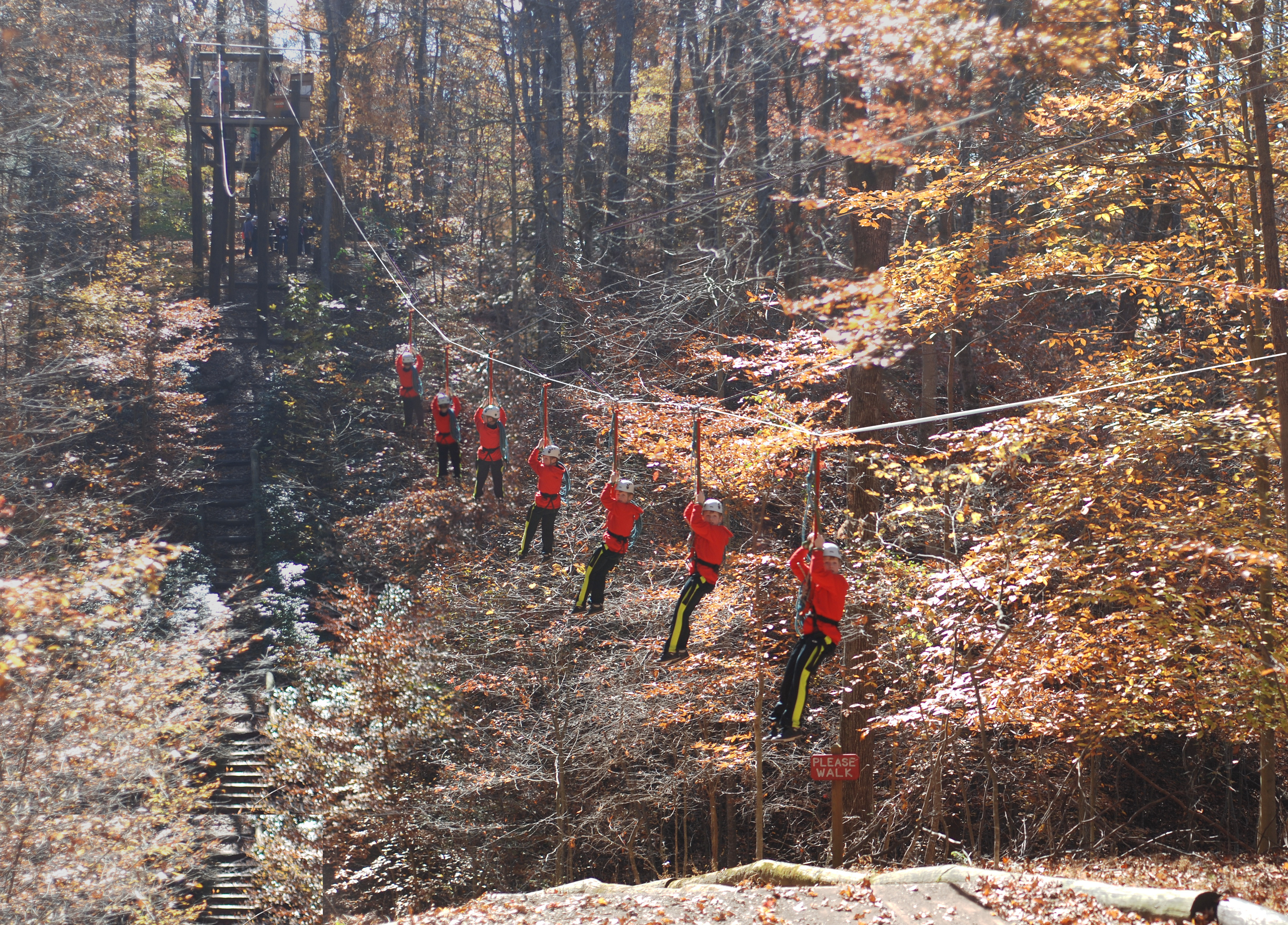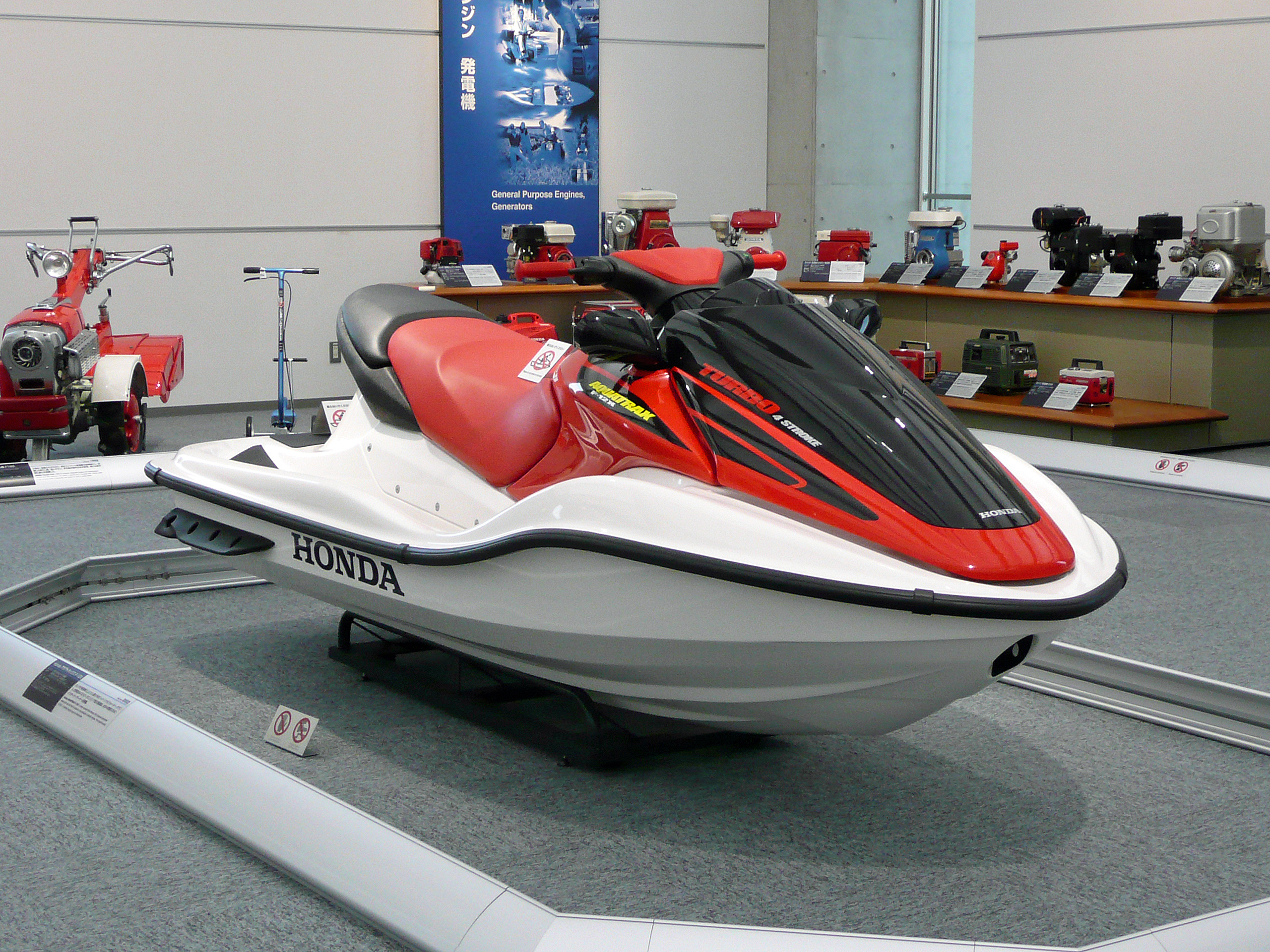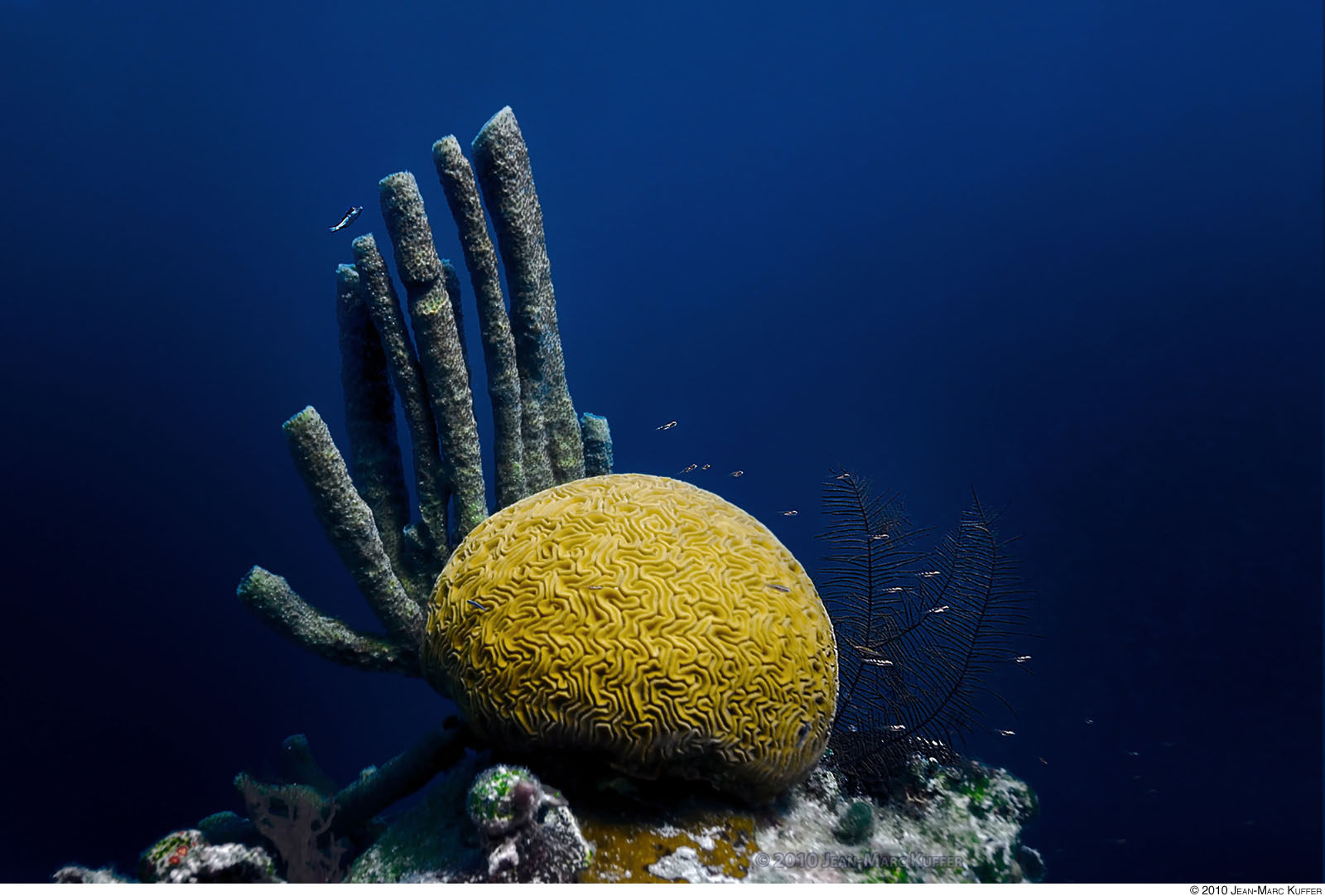|
Riviera Maya
The Riviera Maya () is a tourism and resort district south of Cancun, Mexico. It straddles the coastal Federal Highway 307, along the Caribbean coastline of the state of Quintana Roo, located in the eastern portion of the Yucatán Peninsula. Historically, this district started at the city of Playa del Carmen and ended at the village of Tulum, although the towns of Puerto Morelos, situated to the north of Playa del Carmen, as well as the town of Felipe Carrillo Puerto, situated to the south of Tulum, are both currently being promoted as part of the Riviera Maya tourist corridor. The Riviera Maya was originally called the "Cancun–Tulum corridor", but in 1999 it was renamed as the Riviera Maya with the aid of Miguel Ramón Martín Azueta. At the time, he was the municipal president of Solidaridad, Quintana Roo. The Riviera Maya includes the municipalities of Solidaridad in the north and Tulum in the south, and extends approximately inland, to the border with the state of Y ... [...More Info...] [...Related Items...] OR: [Wikipedia] [Google] [Baidu] |
Solidaridad, Quintana Roo
Solidaridad is one of the eleven municipalities that make up the Mexican state of Quintana Roo. Its municipal seat is the town of Playa del Carmen. Solidaridad is home to the Maya archaeological site of Xcaret. Geography The municipality has some small but rich continental sites including the ecotourism park of Xcaret. Prior to the creation of the Municipality of Tulum, the municipality was situated between latitudes 20° 45' and 19° 46' north and longitudes 86° 57' and 88° 05' west, and had an area of . Today, it borders the municipalities of Benito Juárez and Lázaro Cárdenas to the north and Tulum to the south; and is separated in most places from its neighboring municipality to the east (Cozumel) by a stretch of the Caribbean Sea known as the Cozumel Channel. The ecotourism park of Xel-Ha and the Calica limestone quarry are not part of Solidaridad as they belong to the neighboring municipality of Cozumel. These are the only two mainland locations for the municipali ... [...More Info...] [...Related Items...] OR: [Wikipedia] [Google] [Baidu] |
Horse
The horse (''Equus ferus caballus'') is a domesticated, one-toed, hoofed mammal. It belongs to the taxonomic family Equidae and is one of two extant subspecies of ''Equus ferus''. The horse has evolved over the past 45 to 55 million years from a small multi-toed creature, '' Eohippus'', into the large, single-toed animal of today. Humans began domesticating horses around 4000 BCE, and their domestication is believed to have been widespread by 3000 BCE. Horses in the subspecies ''caballus'' are domesticated, although some domesticated populations live in the wild as feral horses. These feral populations are not true wild horses, as this term is used to describe horses that have never been domesticated. There is an extensive, specialized vocabulary used to describe equine-related concepts, covering everything from anatomy to life stages, size, colors, markings, breeds, locomotion, and behavior. Horses are adapted to run, allowing them to quickly escape predators, and po ... [...More Info...] [...Related Items...] OR: [Wikipedia] [Google] [Baidu] |
Zip-line
A zip-line, zip line, zip-wire, flying fox, or death slide is a pulley suspended on a cable, usually made of stainless steel, mounted on a slope. It is designed to enable cargo or a person propelled by gravity to travel from the top to the bottom of the inclined cable by holding on to, or being attached to, the freely moving pulley. It has been described as essentially a Tyrolean traverse that engages gravity to assist its speed of movement. Its use is not confined to adventure sport, recreation, or tourism, although modern-day usage tends to favor those meanings. History Ropeways or aerial cables have been used as a method of transport in some mountainous countries for more than 2,000 years, possibly starting in China, India and Japan as early as 250 BC, remaining in use in some remote areas in China such as Nujiang (Salween) valley in Yunnan as late as 2015 before being replaced by bridges. Not all of these structures were assisted by gravity, so not all fitted the defini ... [...More Info...] [...Related Items...] OR: [Wikipedia] [Google] [Baidu] |
Swimming With Dolphins
The popularity of swimming with dolphins increased in the 1980s and 1990s, occurring in over 65 countries, both as a form of therapy as well as a tourist activity. Proponents of dolphin-assisted therapy (DAT) say that interacting with dolphins can help to treat mental and physical disorders in humans, but there is limited clinical evidence proving its benefits. Marine parks and other tourist destinations offering "swim-with-dolphin" experiences have also promoted the purported healing attributes of dolphins. Opponents argue that interactions between humans and dolphins have had a negative impact on dolphin populations both in the wild and in captivity, and that the practice can be dangerous for humans. Concerns over animal welfare have led to bans on swimming with dolphins in Costa Rica, as well as certain locations in New Zealand and Hawaii. Dolphin-assisted therapy Claims Dolphin-assisted therapy (DAT) is a form of animal-assisted therapy (AAT), in which captive dolphins int ... [...More Info...] [...Related Items...] OR: [Wikipedia] [Google] [Baidu] |
Cenote
A cenote ( or ; ) is a natural pit cave, pit, or sinkhole, resulting from the collapse of limestone bedrock that exposes groundwater. The regional term is specifically associated with the Yucatán Peninsula of Mexico, where cenotes were commonly used for water supplies by the ancient Maya civilization, Maya, and occasionally for sacrifice in Maya culture, sacrificial offerings. The term derives from a word used by the lowland Yucatec Maya——to refer to any location with accessible groundwater. Similar rock-sided sinkholes like cenotes are common geological forms in low-altitude regions, particularly on islands, coastlines, and platforms with young post-Paleozoic limestone with little soil development. The term ''cenote'' has also been used to describe similar karst features in other countries such as Cuba and Australia. Definition and description Cenotes are surface connections to subterranean water bodies. While the best-known cenotes are large open-water pools measuring t ... [...More Info...] [...Related Items...] OR: [Wikipedia] [Google] [Baidu] |
Scuba Diving
Scuba diving is a mode of underwater diving whereby divers use breathing equipment that is completely independent of a surface air supply. The name "scuba", an acronym for " Self-Contained Underwater Breathing Apparatus", was coined by Christian J. Lambertsen in a patent submitted in 1952. Scuba divers carry their own source of breathing gas, usually compressed air, affording them greater independence and movement than surface-supplied divers, and more time underwater than free divers. Although the use of compressed air is common, a gas blend with a higher oxygen content, known as enriched air or nitrox, has become popular due to the reduced nitrogen intake during long and/or repetitive dives. Also, breathing gas diluted with helium may be used to reduce the likelihood and effects of nitrogen narcosis during deeper dives. Open circuit scuba systems discharge the breathing gas into the environment as it is exhaled, and consist of one or more diving cylinders containing br ... [...More Info...] [...Related Items...] OR: [Wikipedia] [Google] [Baidu] |
Snorkeling
Snorkeling ( British and Commonwealth English spelling: snorkelling) is the practice of swimming on or through a body of water while equipped with a diving mask, a shaped breathing tube called a snorkel, and usually swimfins. In cooler waters, a wetsuit may also be worn. Use of this equipment allows the snorkeler to observe underwater attractions for extended periods with relatively little effort and to breathe while face-down at the surface. Snorkeling is a popular recreational activity, particularly at tropical resort locations. It provides the opportunity to observe underwater life in a natural setting without the complicated equipment and training required for scuba diving. It appeals to all ages because of how little effort is involved and is the basis of the two surface disciplines of the underwater sport of finswimming. Snorkeling is also used by scuba divers when on the surface, in underwater sports such as underwater hockey and underwater rugby, and as part of wa ... [...More Info...] [...Related Items...] OR: [Wikipedia] [Google] [Baidu] |
Personal Water Craft
A personal watercraft (PWC), also called water scooter or jet ski, is a recreational watercraft that a rider sits or stands on, not within, as in a boat. PWCs have two style categories, first and most popular being a runabout or "sit down" where the rider uses the watercraft mainly sitting down, and the watercraft typically holds two or more people. The second style is a "stand-up", where the rider uses the watercraft standing up. The stand-up styles are built for one rider and are used more for doing tricks, racing, and use in competitions. Both styles have an inboard engine driving a pump-jet that has a screw-shaped impeller to create thrust for propulsion and steering. Most are designed for two or three people, though four-passenger models exist. Many of today's models are built for more extended use and have the fuel capacity to make long cruises, in some cases even beyond 100 miles (161 km). Personal watercraft are often referred by the trademarked brand names of p ... [...More Info...] [...Related Items...] OR: [Wikipedia] [Google] [Baidu] |
Belize Barrier Reef
The Belize Barrier Reef is a series of coral reefs straddling the coast of Belize, roughly offshore in the north and in the south within the country limits. The Belize Barrier Reef is a long section of the Mesoamerican Barrier Reef System, which is continuous from Cancún on the north-eastern tip of the Yucatán Peninsula through the Riviera Maya and down to Honduras, making it the second largest coral reef system in the world after the Great Barrier Reef in Australia. It is Belize's top tourist destination, popular for scuba diving and snorkeling and attracting almost half of its 260,000 visitors. It is also vital to the country's fishing industry.Harrabin, Roger. (2006-06-12Reef at forefront of CO2 battle BBC News. Retrieved on 2011-10-21. Charles Darwin described it as "the most remarkable reef in the West Indies" in 1842. In addition to its barrier reef, it also boasts three distinct Caribbean atolls: Turneffe Atoll, Glover's Reef and Lighthouse Reef. Lighthouse Reef ... [...More Info...] [...Related Items...] OR: [Wikipedia] [Google] [Baidu] |
Mesoamerican Barrier Reef System
The Mesoamerican Barrier Reef System (MBRS), also popularly known as the Great Mayan Reef or Great Maya Reef, is a marine region that stretches over along the coasts of four countries – Mexico, Belize, Guatemala, and Honduras – from Isla Contoy at the northern tip of the Yucatán Peninsula south to Belize, Guatemala and the Bay Islands of Honduras. The reef system includes various protected areas and parks including the Belize Barrier Reef, Arrecifes de Cozumel National Park, Hol Chan Marine Reserve (Belize), Sian Ka'an biosphere reserve, and the Cayos Cochinos Marine Park. Belize's coastline, including the Belize Barrier Reef, is home to approximately 30% of the Mesoamerican Barrier Reef System. It begins near Isla Contoy on the northern tip of the Yucatán Peninsula and continues south alongside the Riviera Maya including areas like Cozumel and Banco Chinchorro. It then continues south along the eastern coast of Belize including many cayes and atolls. It extends ... [...More Info...] [...Related Items...] OR: [Wikipedia] [Google] [Baidu] |
Akumal
Akumal is a small beach-front tourist resort community in Mexico, located south of Cancún, between the towns of Playa del Carmen and Tulum. It is located on Akumal Bay and Half Moon Bay on the site of a former coconut plantation in Tulum Municipality in the state of Quintana Roo, and is part of the Riviera Maya area. The 2010 census showed a population of 1,310 inhabitants. Akumal is famous as a destination for snorkeling, where visitors can swim with endangered green sea turtles, who visit the shallow bay to feed on sea grass. The popularity of snorkeling has put environmental pressure on the fragile habitat. History The town was officially founded in 1958 as a community for scuba divers by Pablo Bush Romero—a Mexican businessman, big game trophy hunter, diver, writer, historian, and archaeologist Archaeology or archeology is the scientific study of human activity through the recovery and analysis of material culture. The archaeological record consists of artifa ... [...More Info...] [...Related Items...] OR: [Wikipedia] [Google] [Baidu] |








